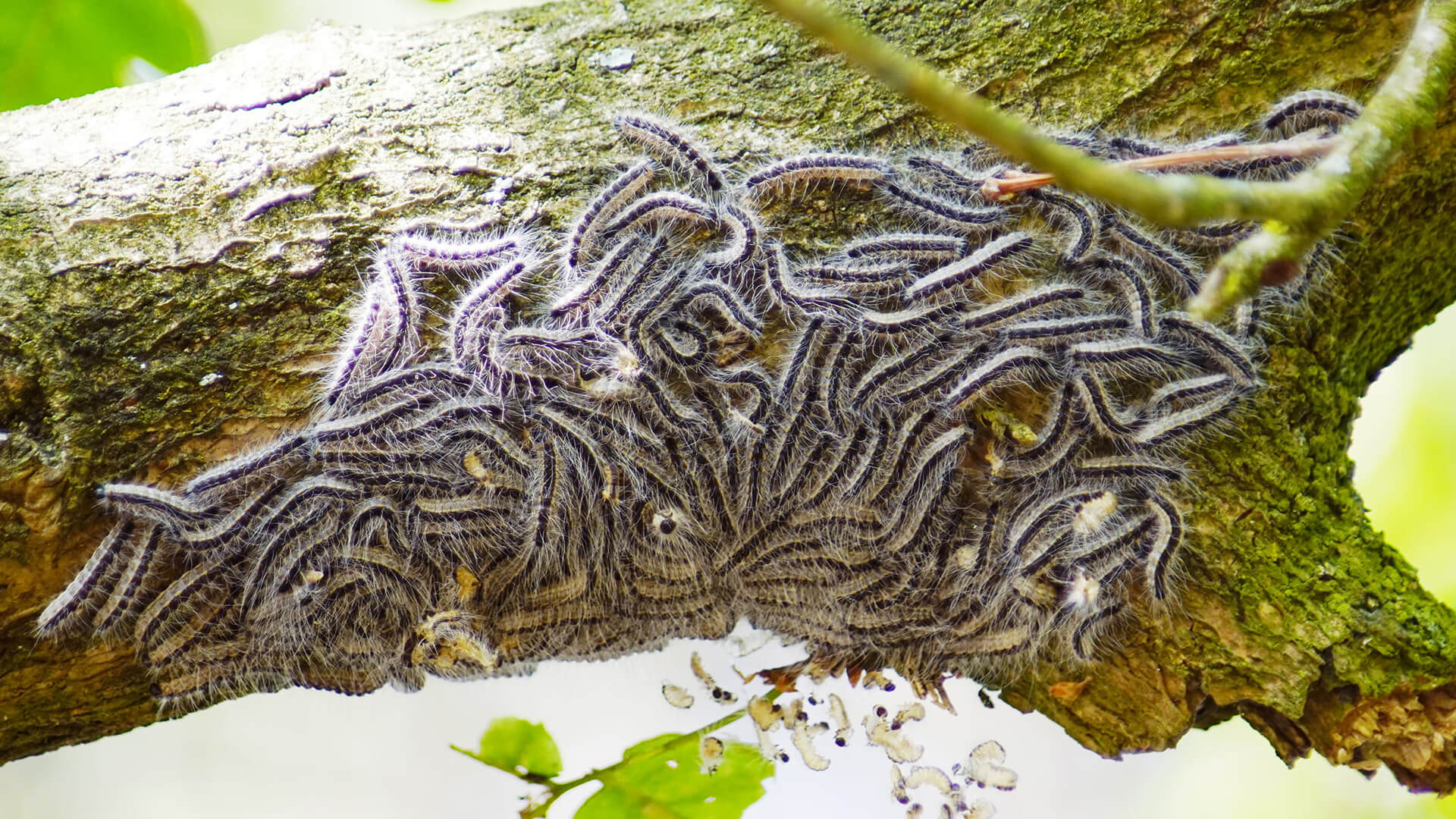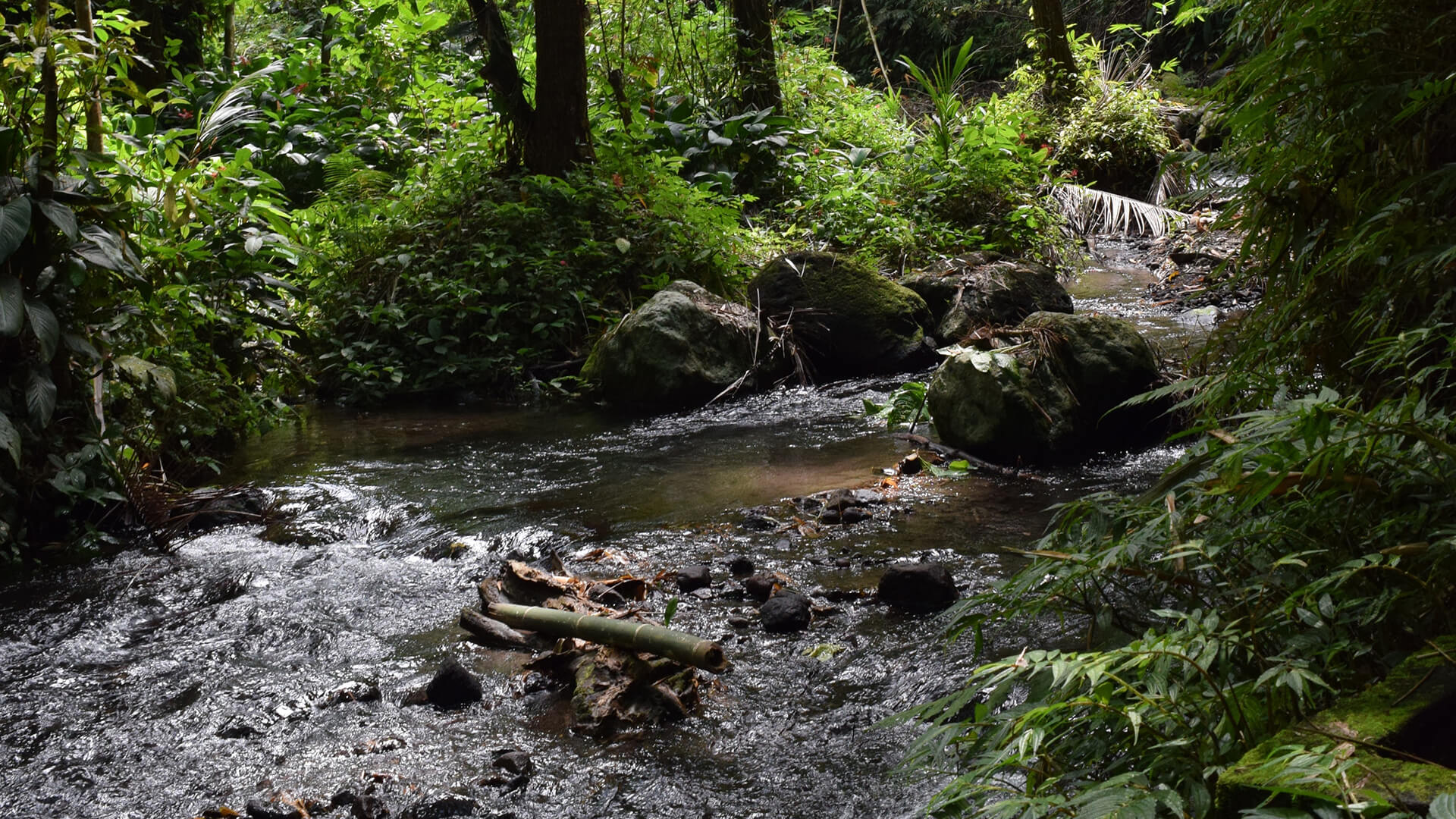Oak Processionary Moth
The emergence of the Oak Processionary Moth caterpillar is becoming increasingly noticeable in the area. On the many oak trees in the Netherlands, there are more and more caterpillars. The burning hairs of the animals cause severe itching and bumps, which can lead to annoying symptoms. Hence, many oaks are marked with warning ribbons and then treated by extermination specialists. This is the follow-up approach to the problem, but it is better to prevent it.
Biodiversity
The overpopulation of the oak processionary caterpillar can be prevented by more biodiversity. That means more different types of trees, shrubs and flowers, animals and insects. Roadside management is a great opportunity for this. Traditional management makes roadsides look like a tight lawn with few herbs. In this, a renewed approach is needed to allow herbs and flowers to grow. This attracts numerous animals and insects, including the important predatory insects that need flowers and herbs for nectar or pollen. They form enemies for the processionary caterpillars and displace the species.
Mowhawk for Smart roadside management
Datacadabra, in collaboration with Jelle Bijlsma BV and the Province of Overijssel, is developing a means to innovate roadside management and deal smartly with biodiversity: The Mowhawk. This is a smart modular system that is installed on the cutter bar of a mowing combination and aims to facilitate nature-inclusive roadside management. This provides real-time customization by giving directions to the driver for optimal insect population conservation. It allows mowing in special patterns, for example, which maintains the insect population as carefully as possible. In addition, the system provides real-time information about the vegetation and insect population present on the roadside. So artificial intelligence allows biodiversity to develop more richly.
Artificial intelligence and insects
Richer biodiversity improves the habitat of predatory insects and other enemies of the oak processionary caterpillar. This is why innovation in roadside management is essential. Giving enemies space makes it difficult for the oak processionary caterpillar. Thus, insects will also enjoy artificial intelligence.

